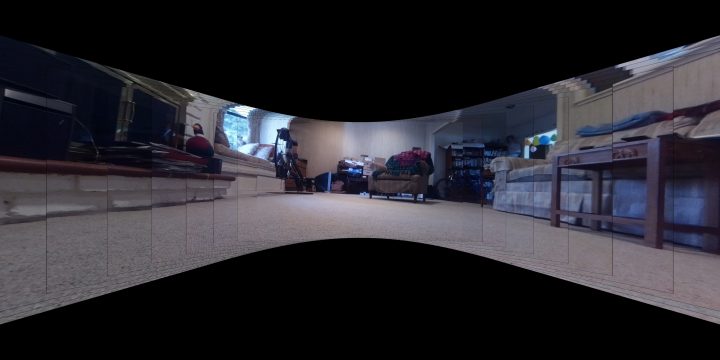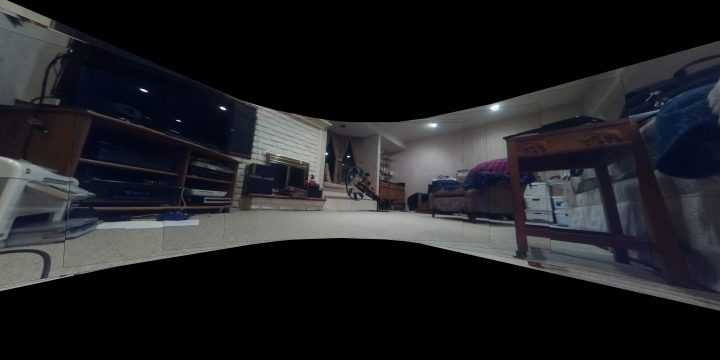Object Detection – Haar Cascades
Face detection and tracking can be done using the OpenCV Haar Cascade object detection algorithms. What is Haar Cascade? A Haar filter is a type of wavelet filter which resembles a truncated sine wave. The cascade is formed by lining up Haar filters in layers to optimize the detection of particular objects. At the 2017 Maker Faire in San Mateo, California, the Pi Eye participated in a demonstration of Haar-Cascade face detection where the face was a Beagle named "Penny". The "Find Penny" project (organized by a fifth-grader named Vian) used 43 images of the beagle and 111 images without the beagle in 28 layers of Haar-Cascade training that took nearly 24 hours to complete. [caption id="attachment_116" align="aligncenter" width="640"] The "Find Penny" demonstration at the Bay Area Maker Faire 2017[/caption]…

